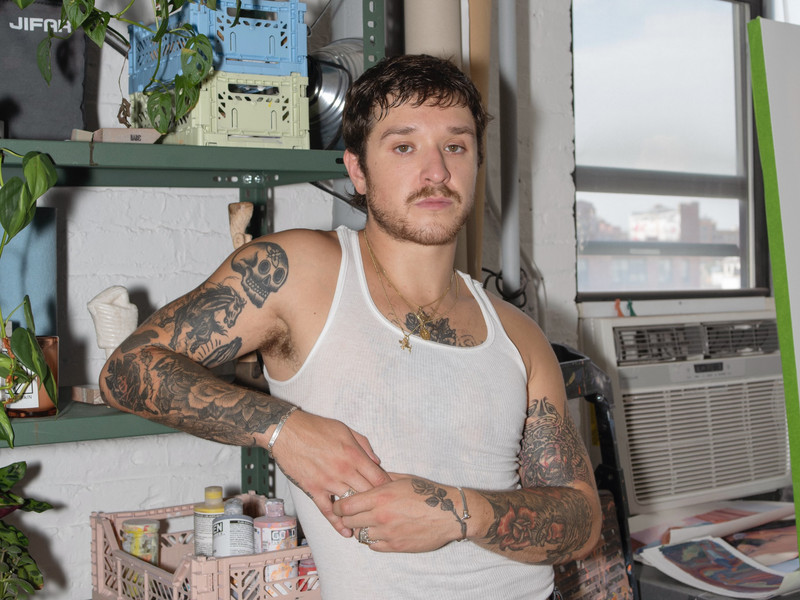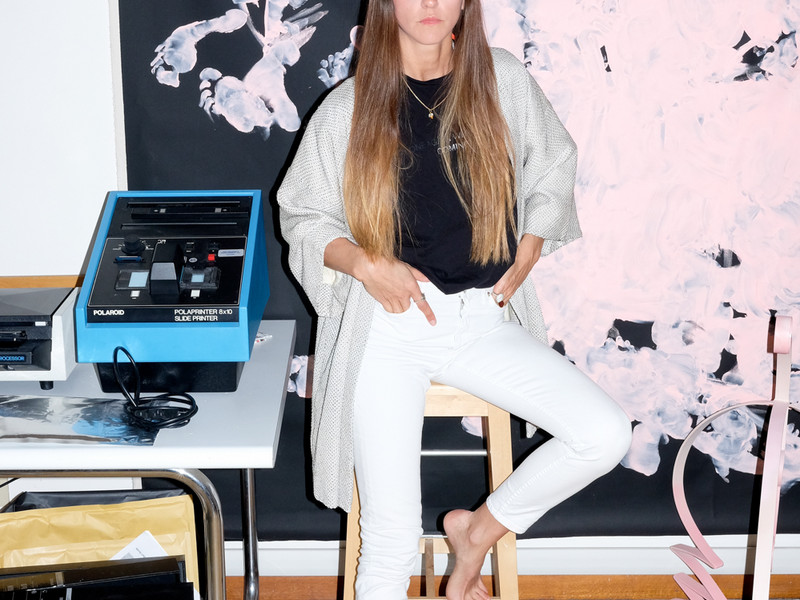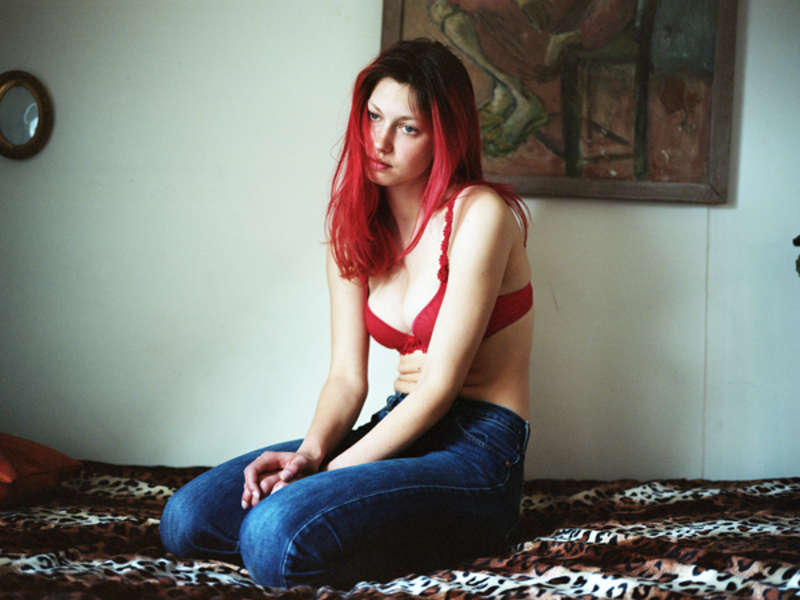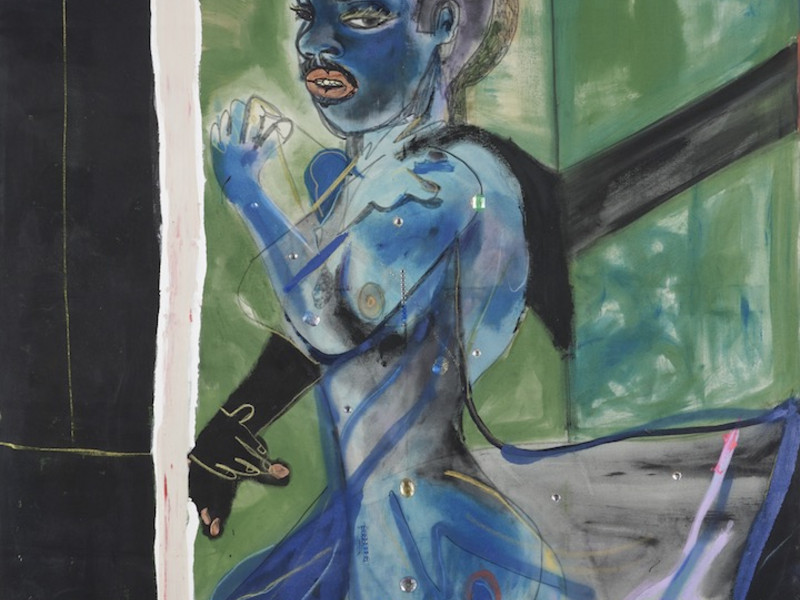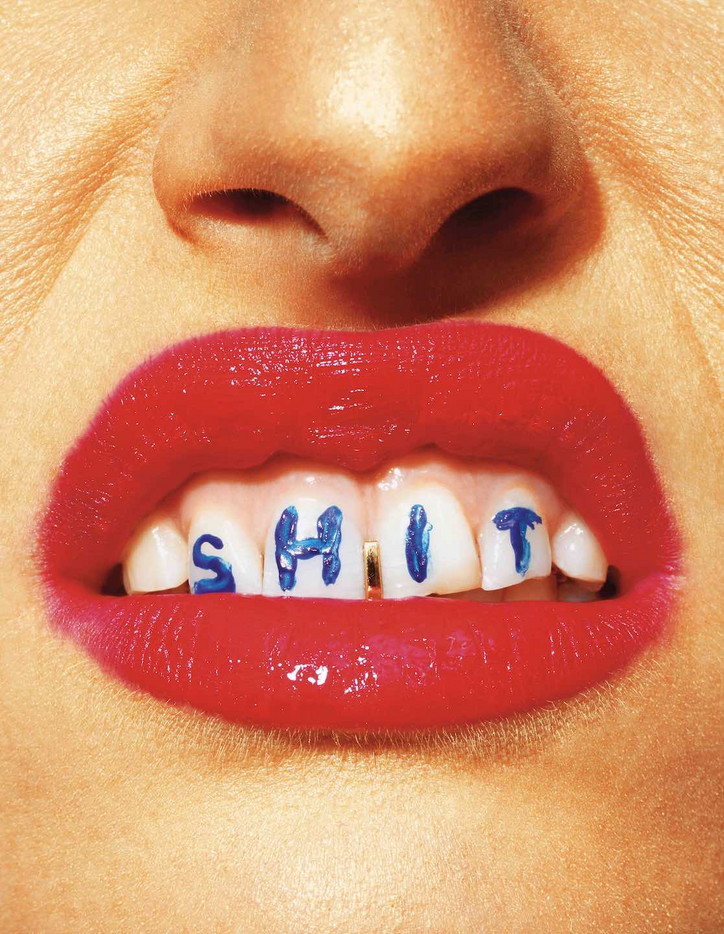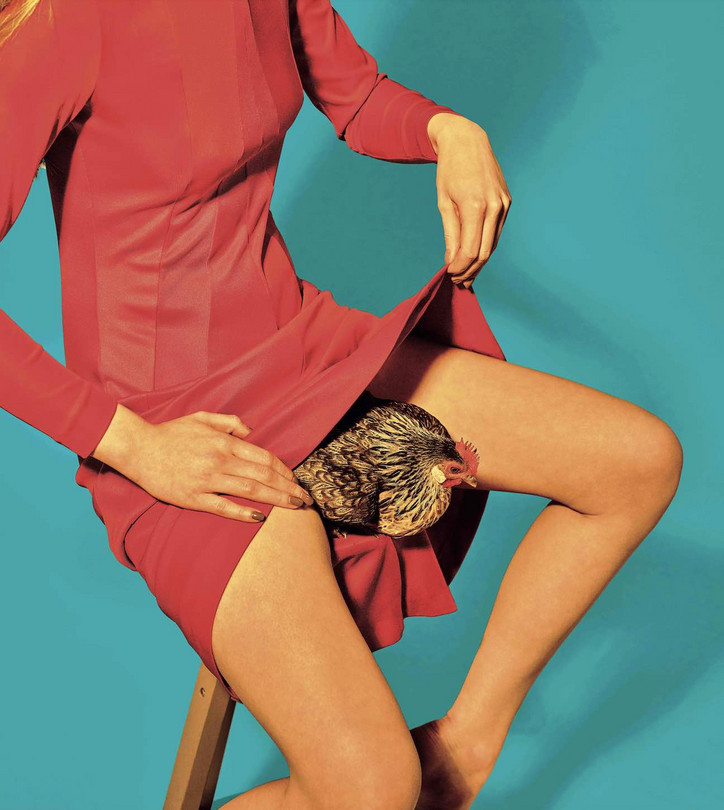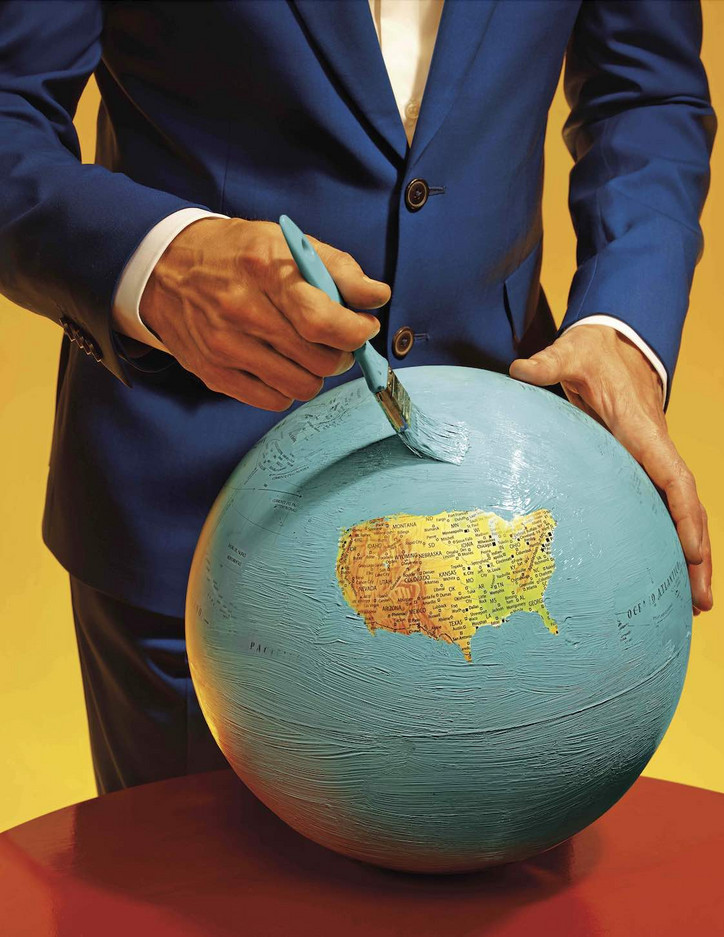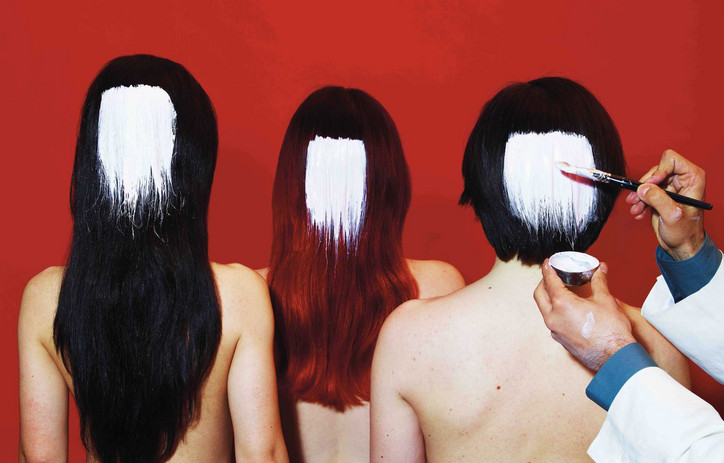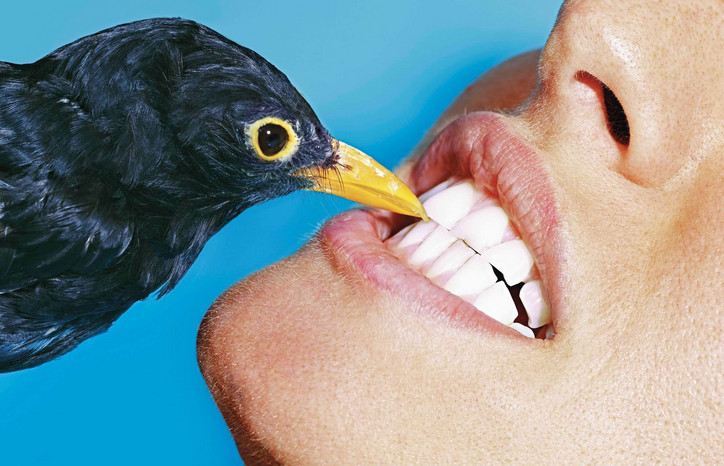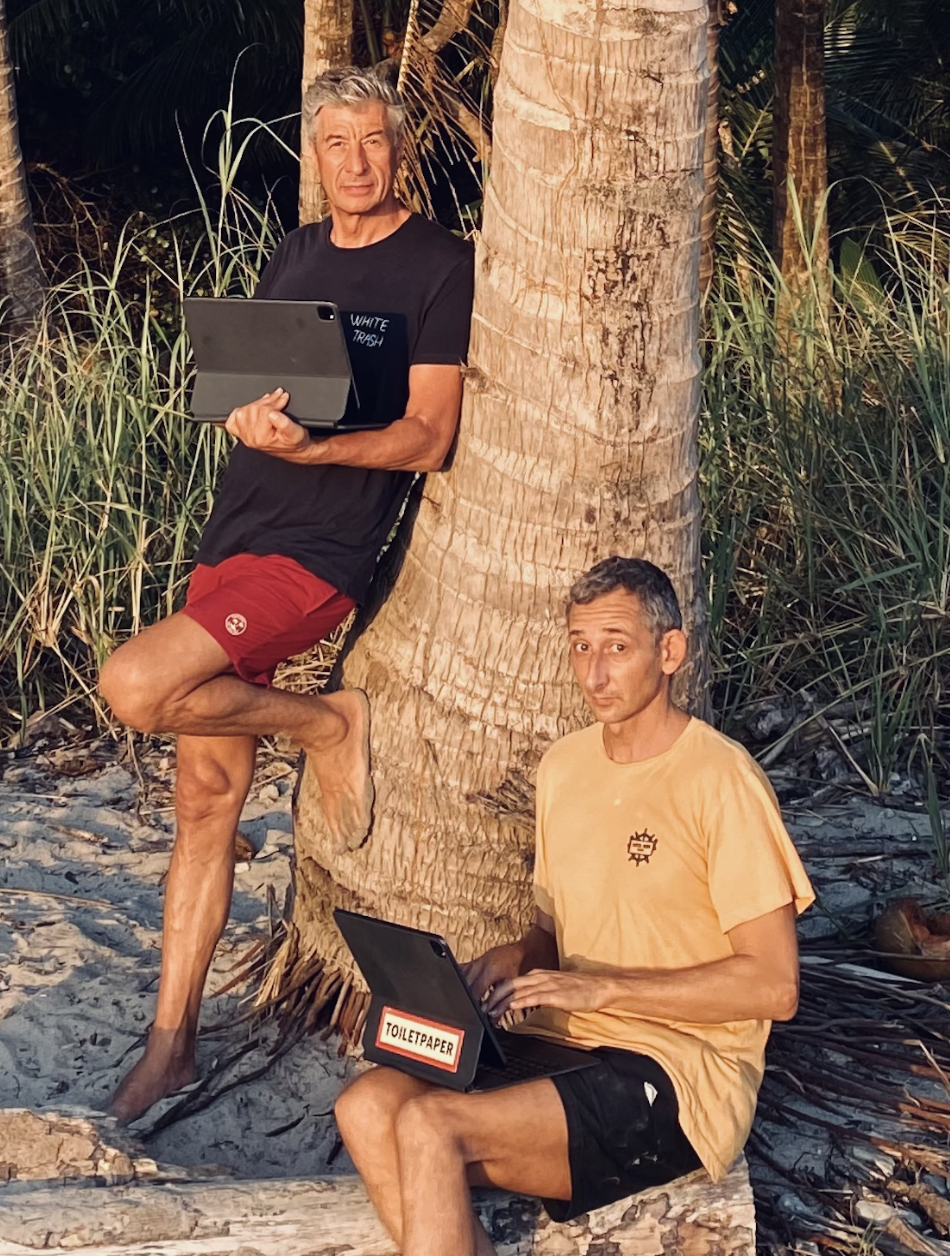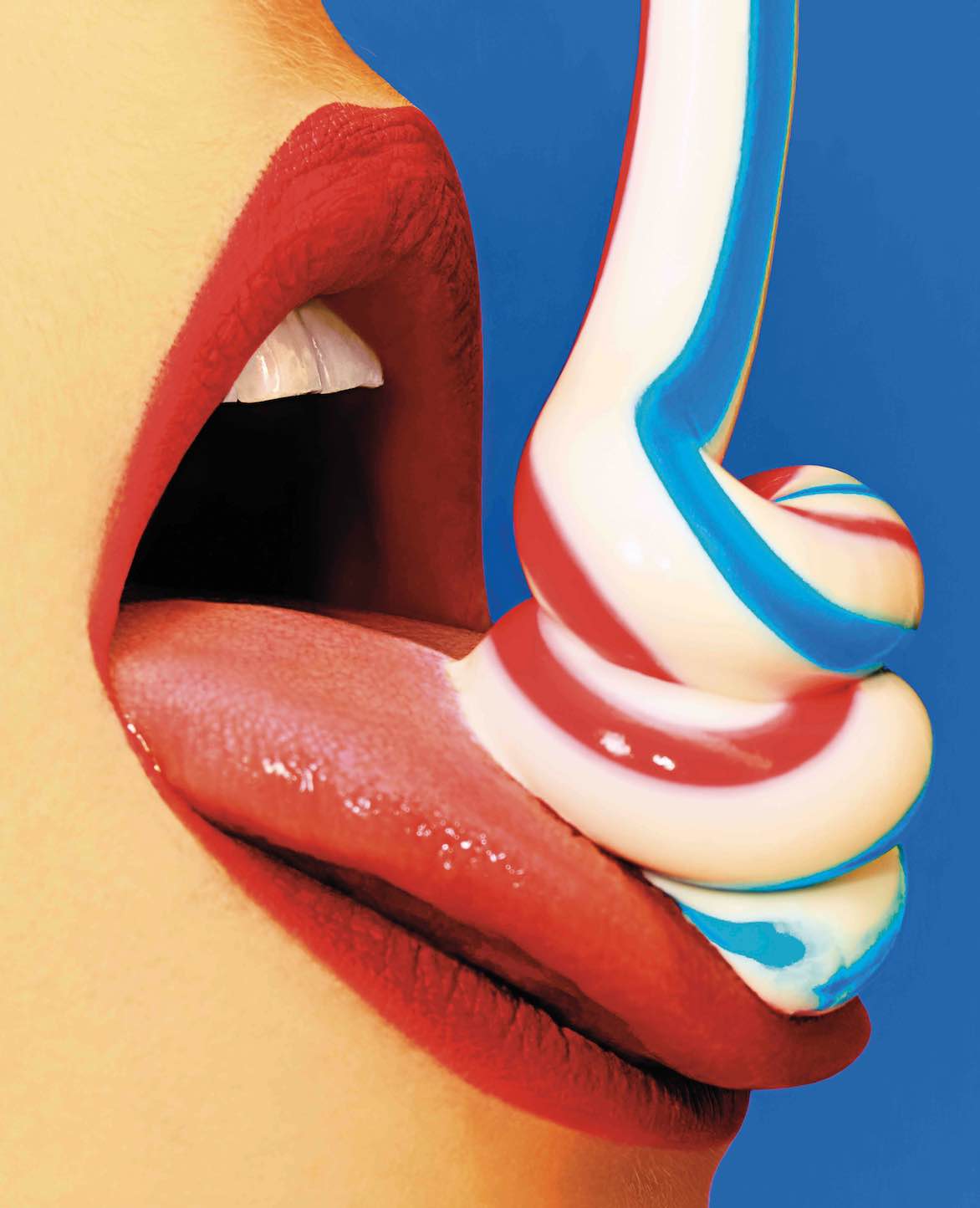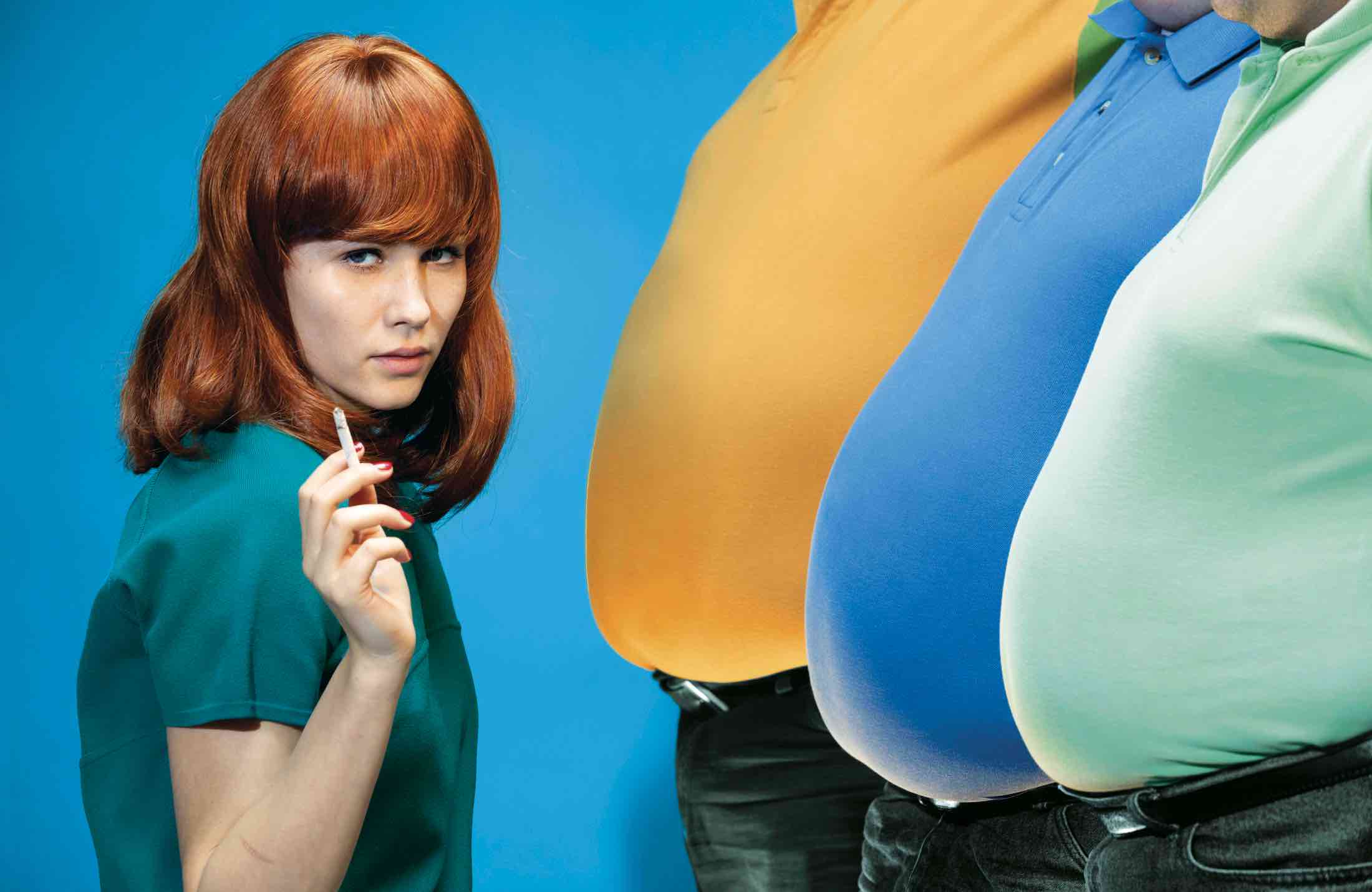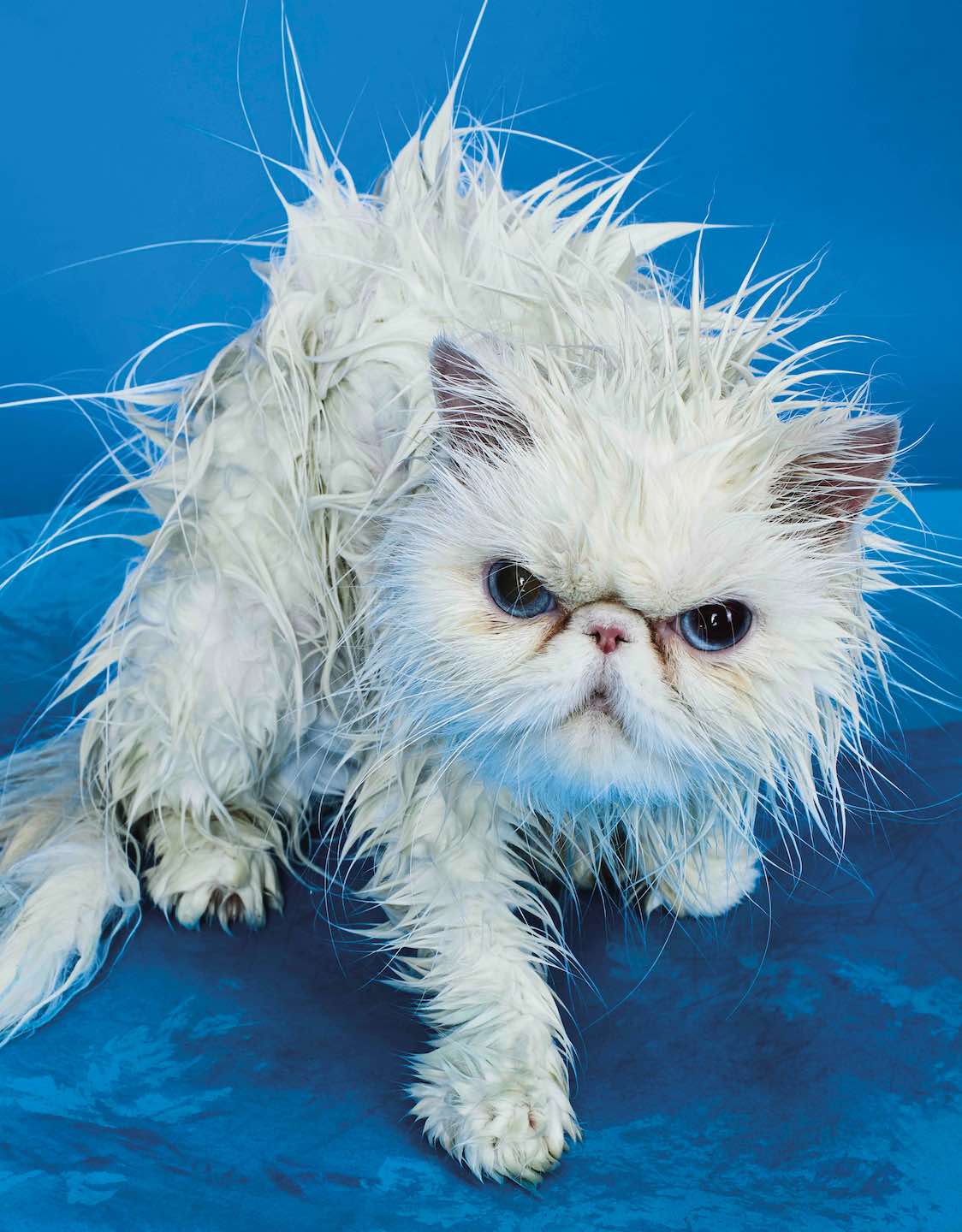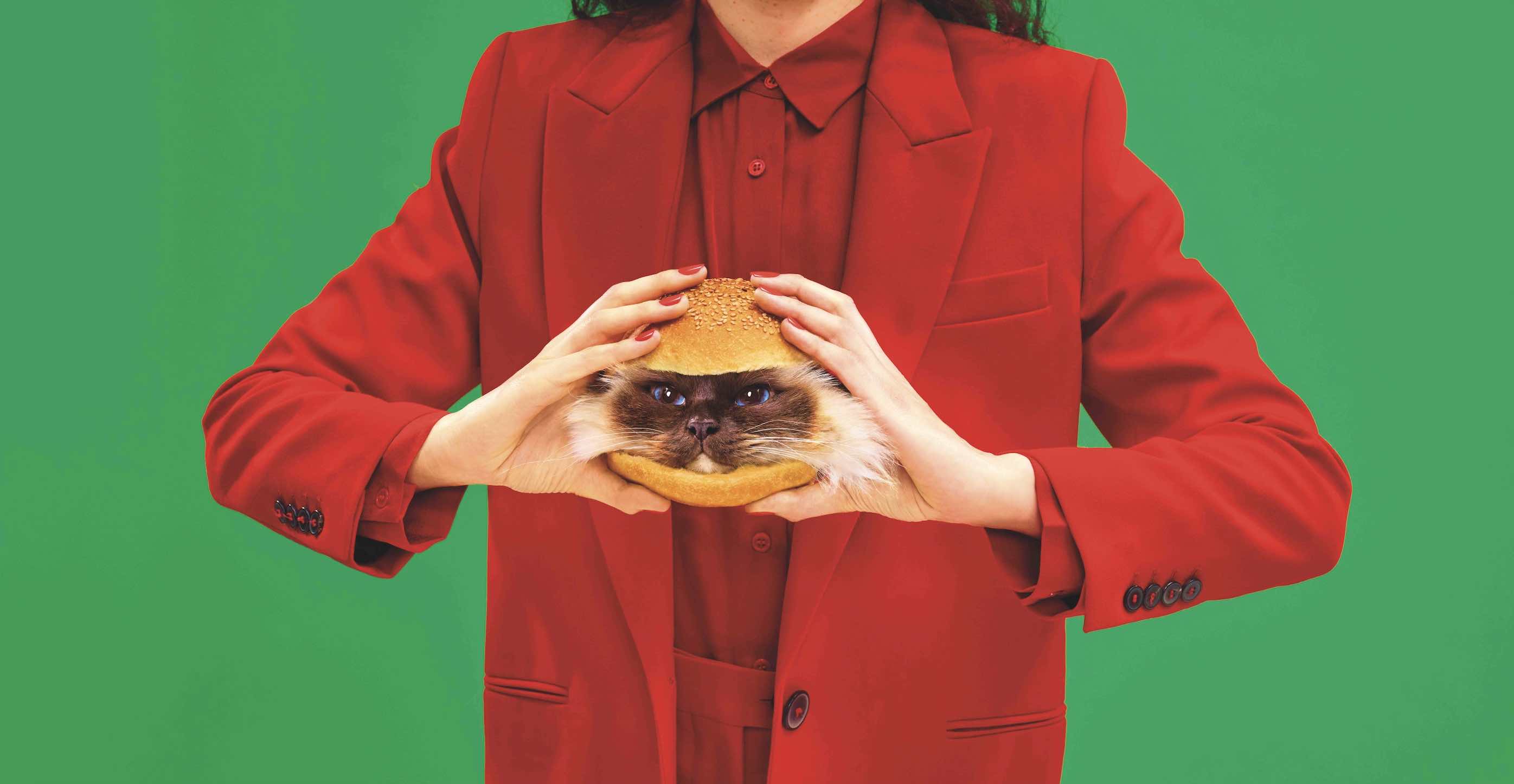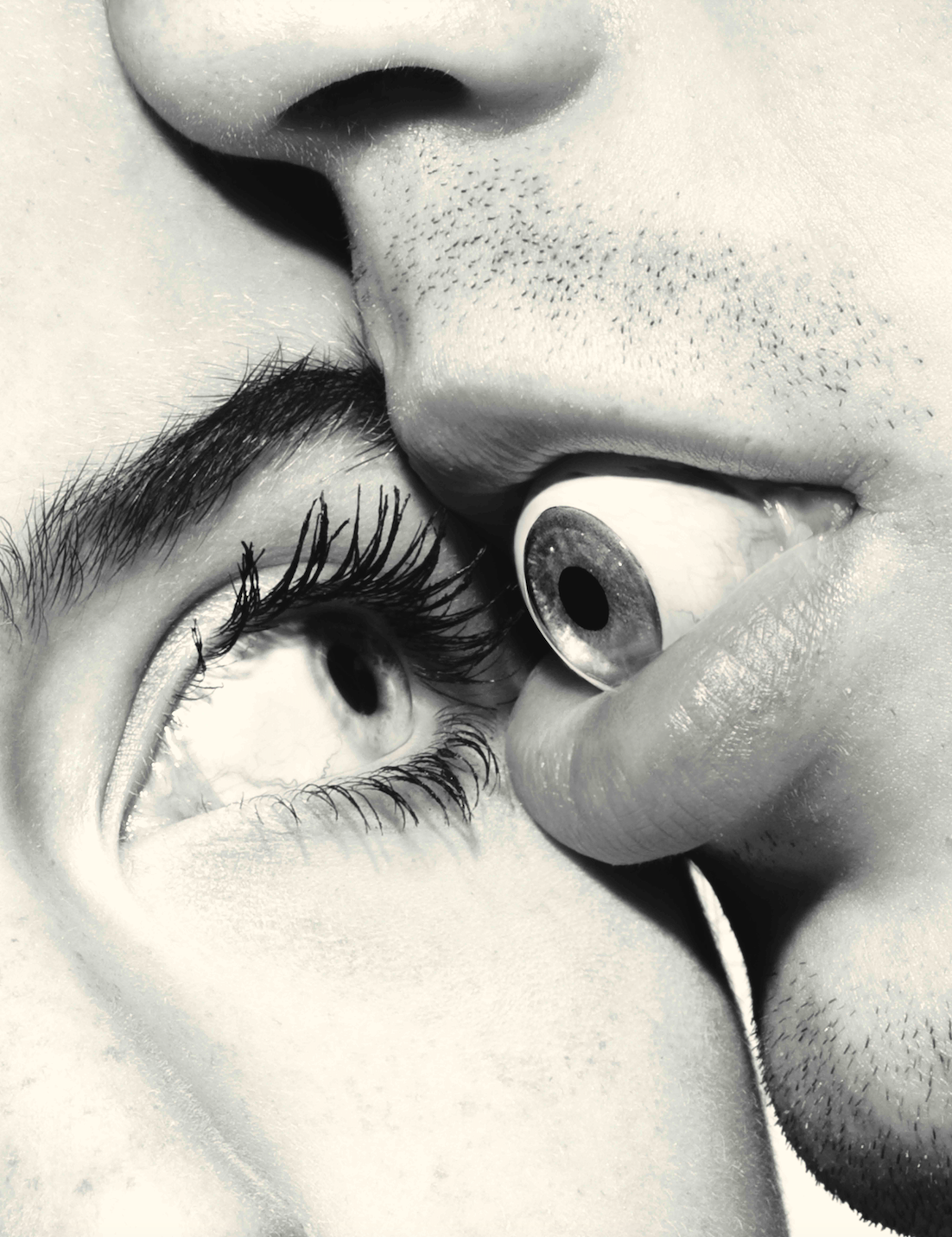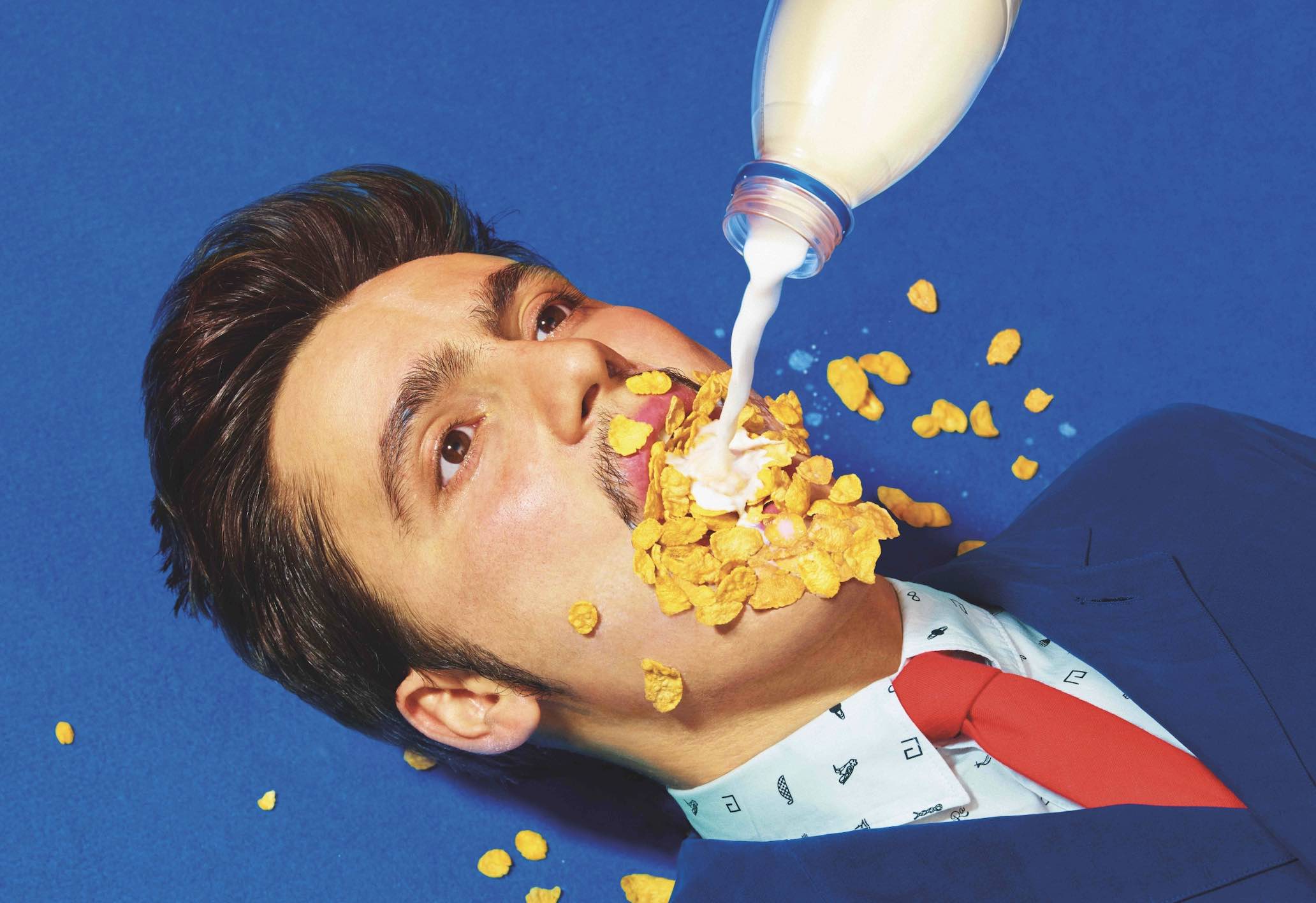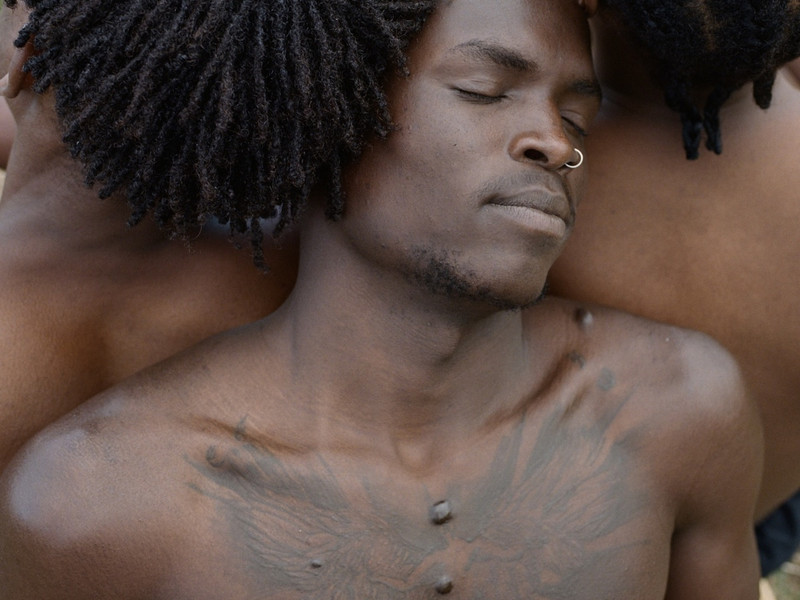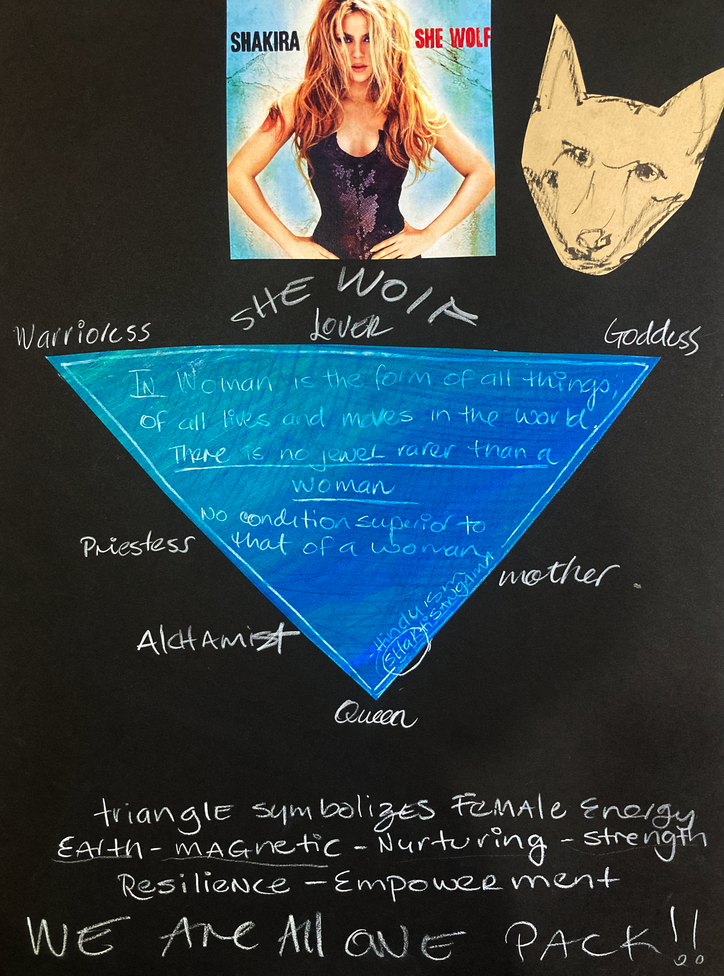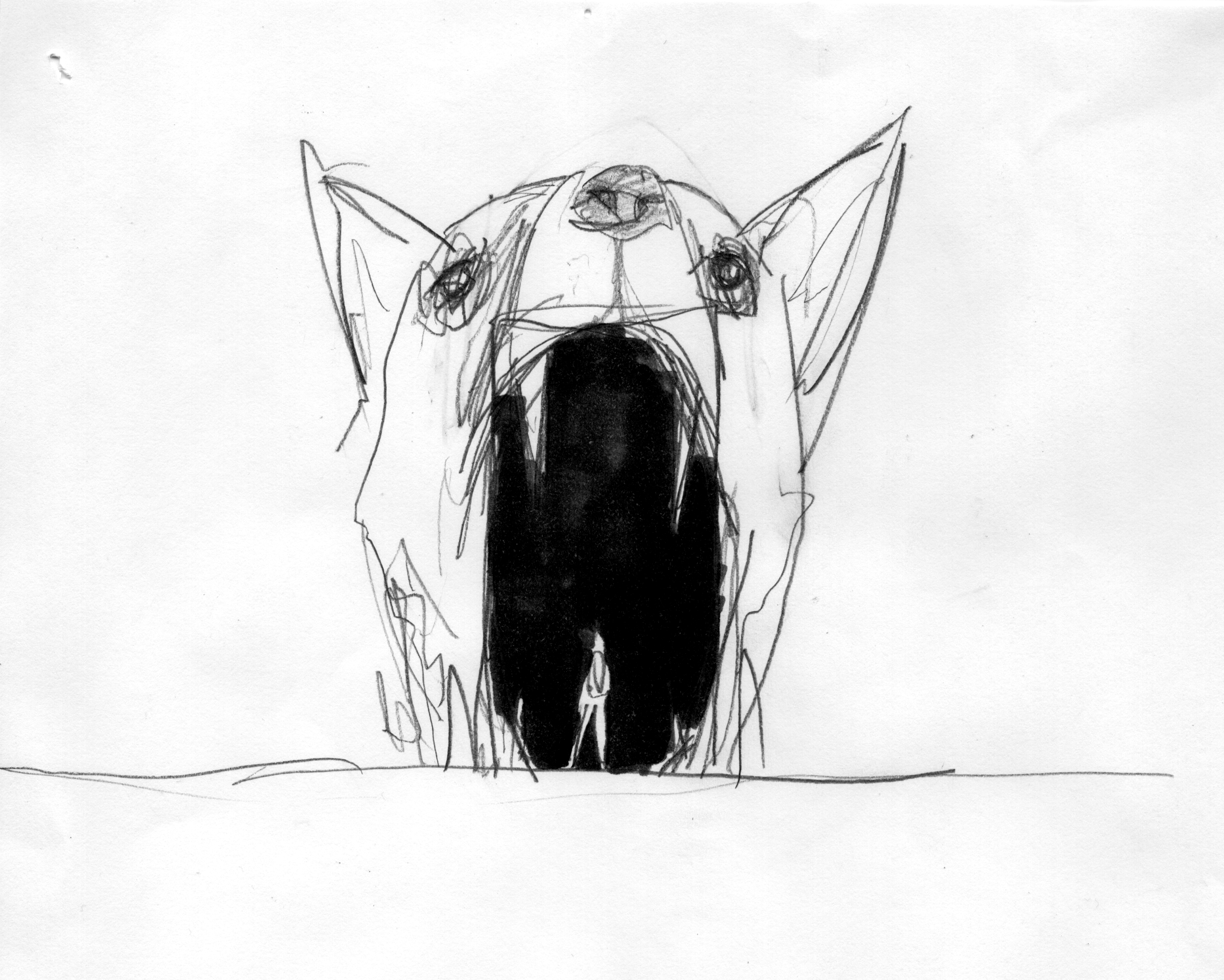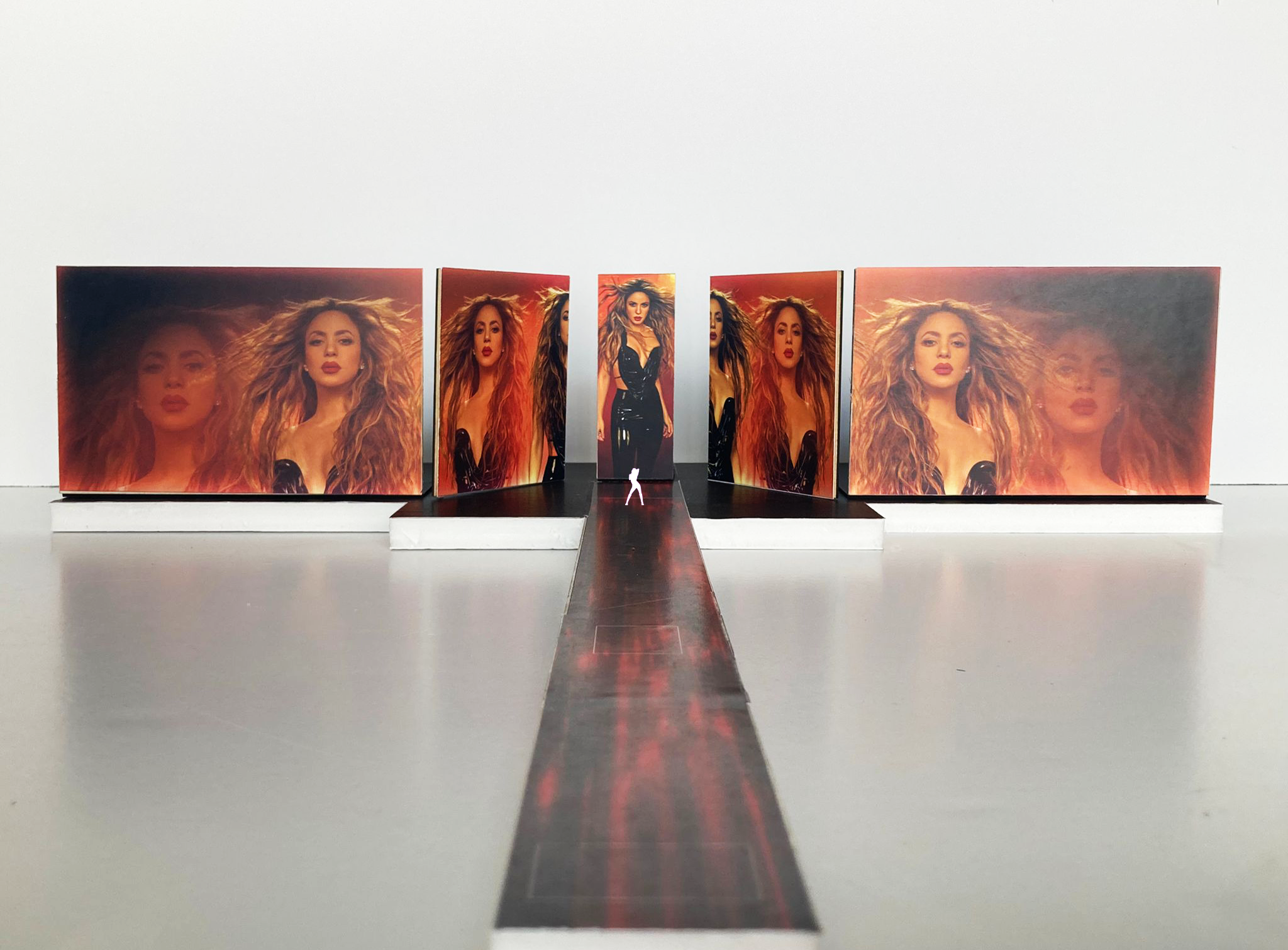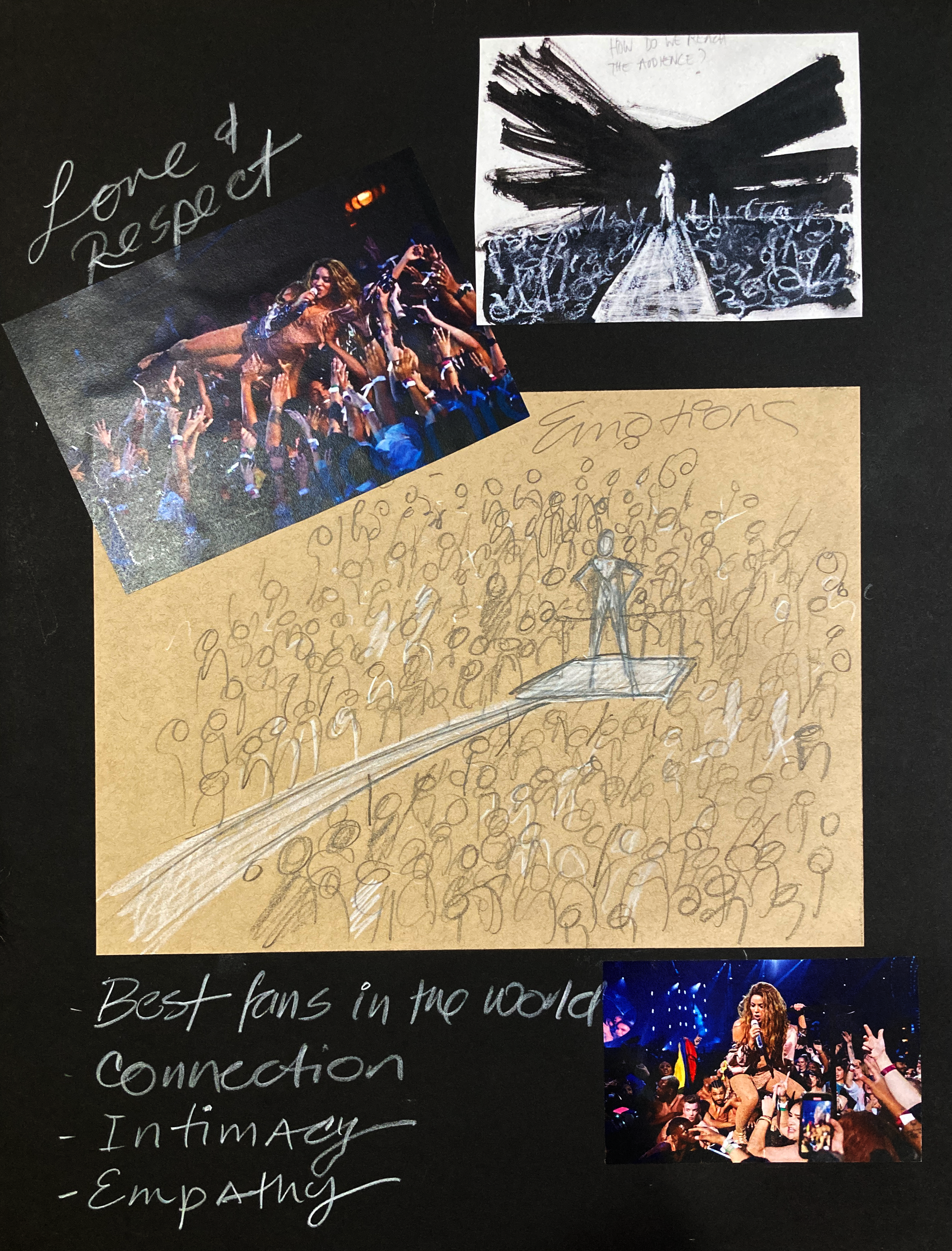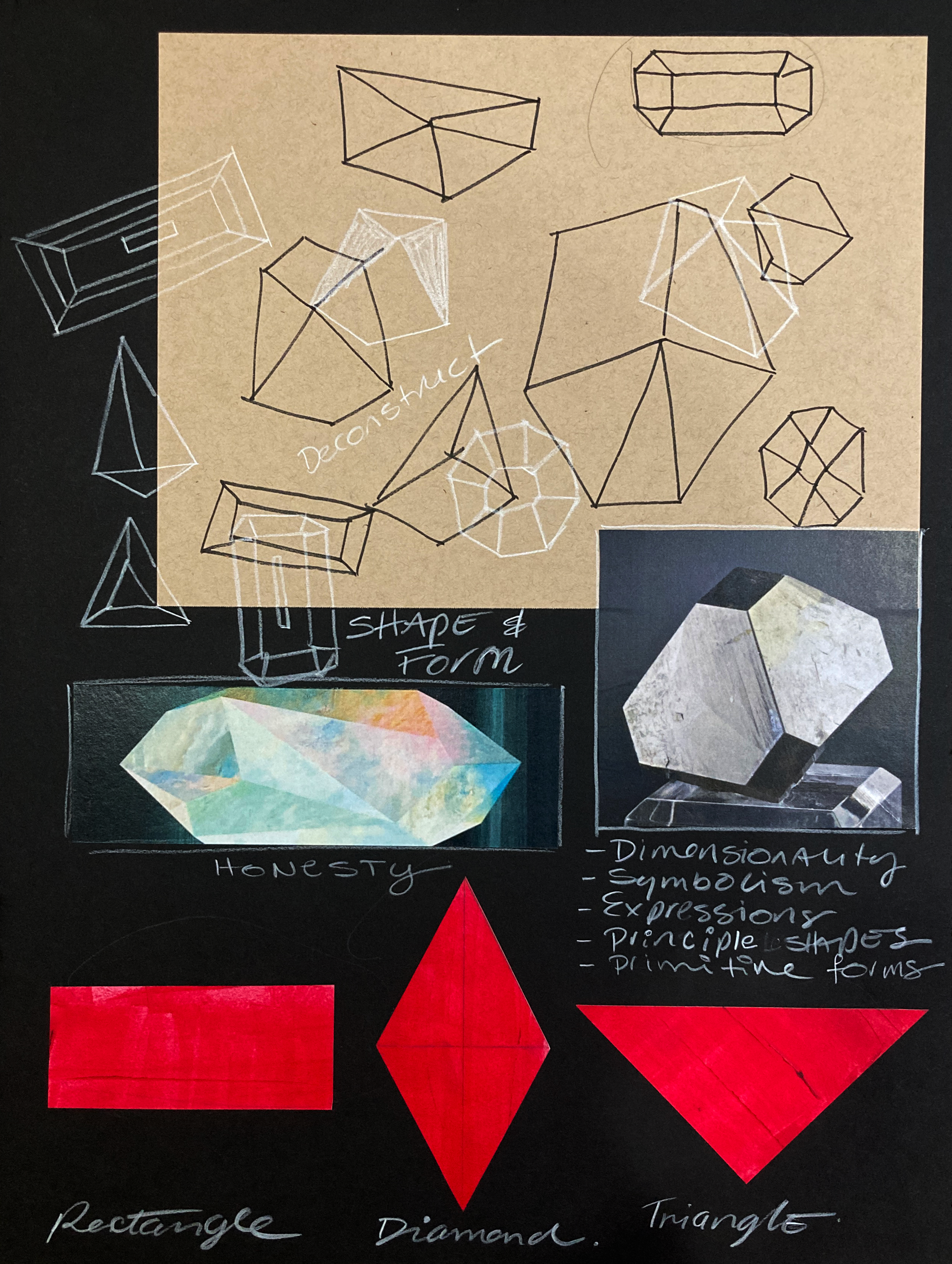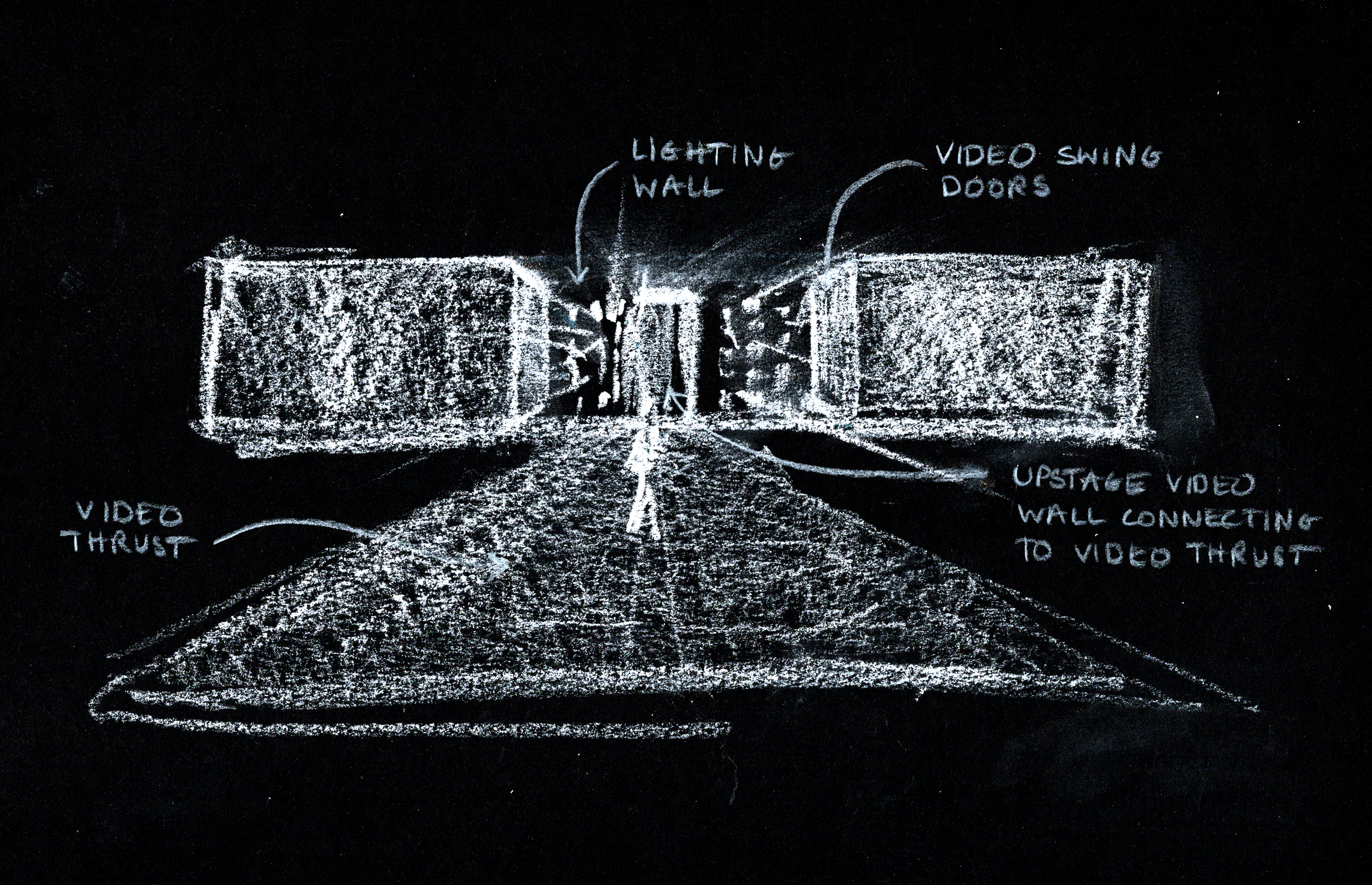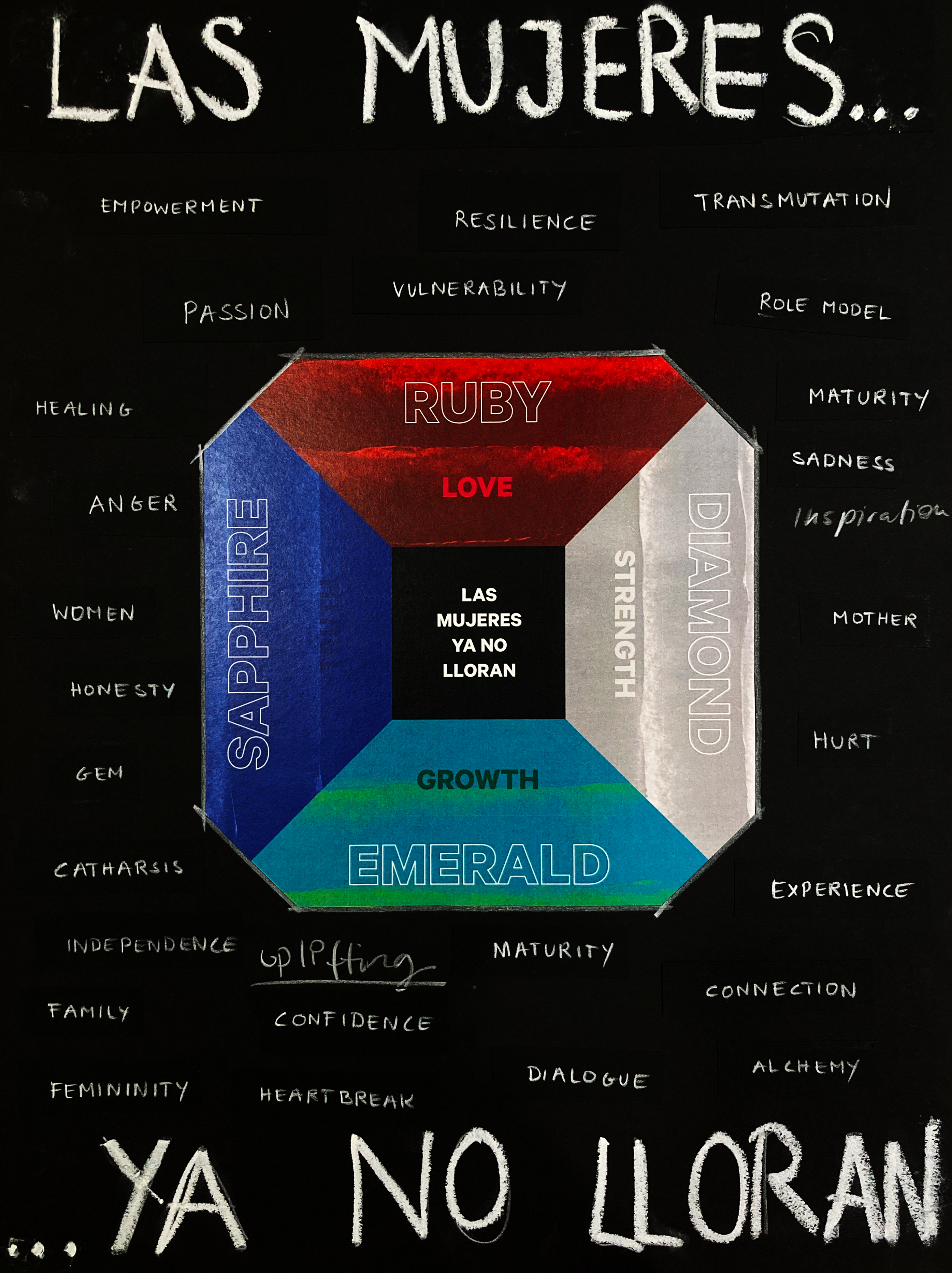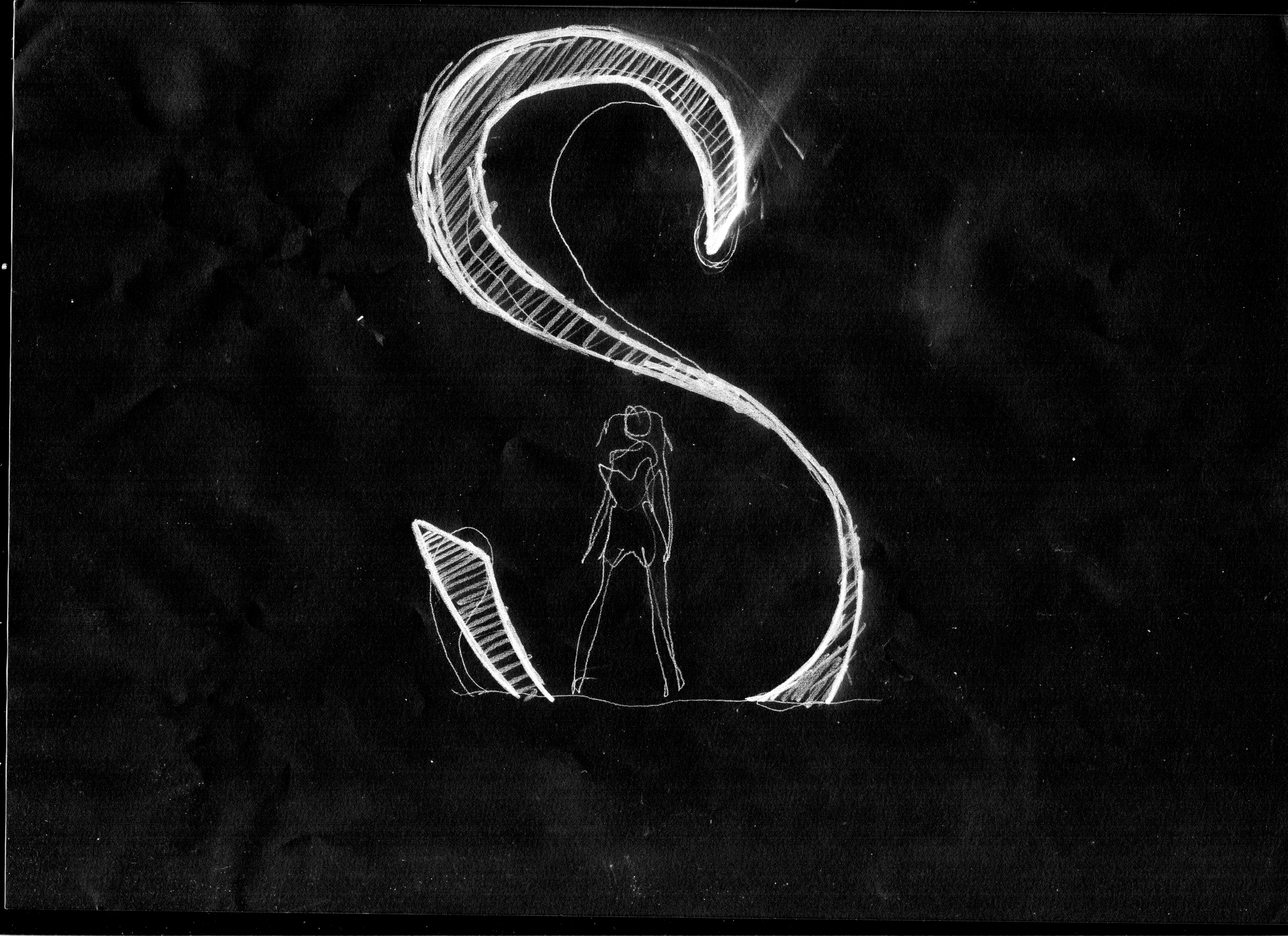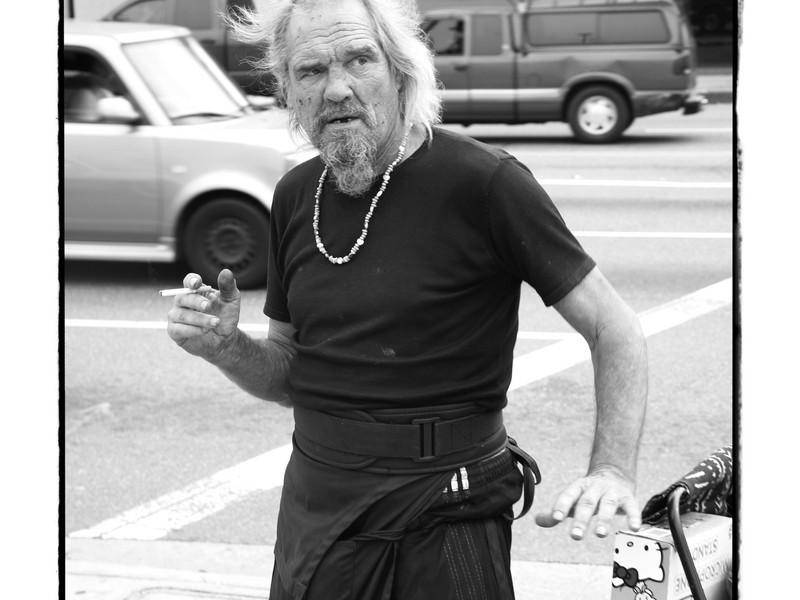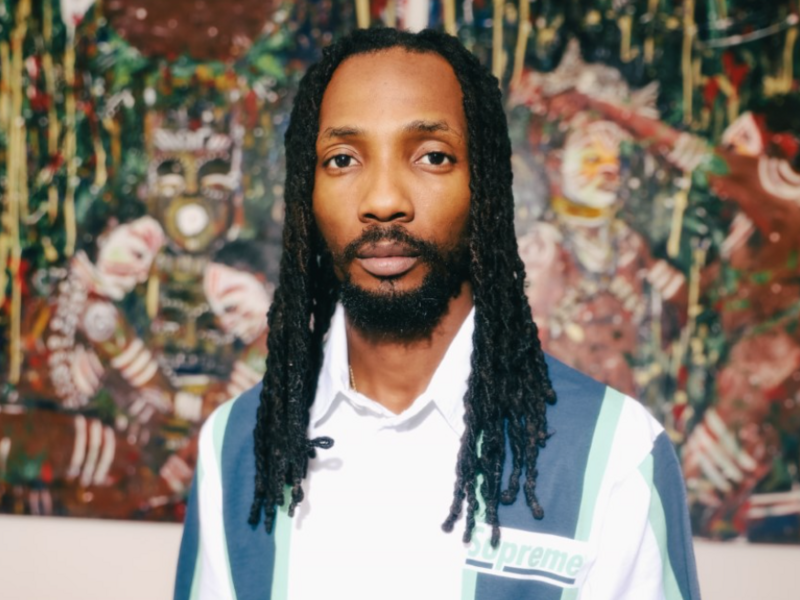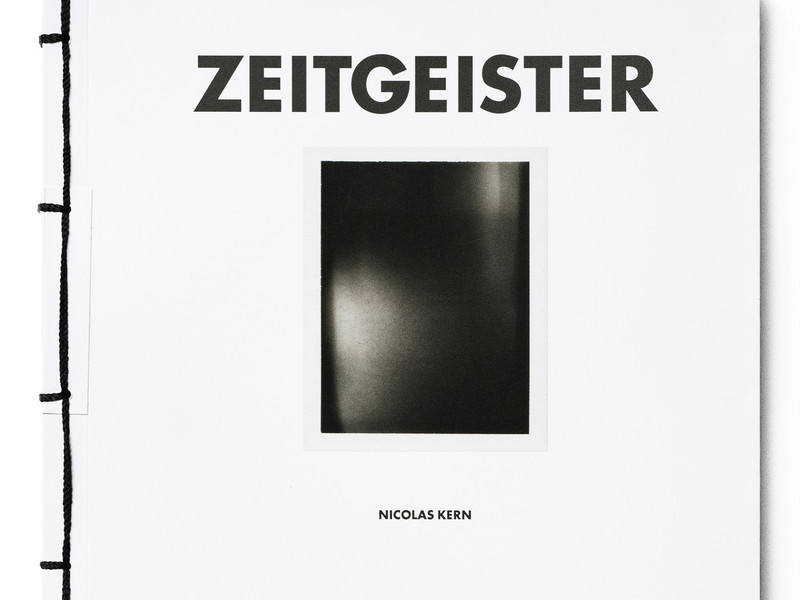Paint the Protest at Off Paradise
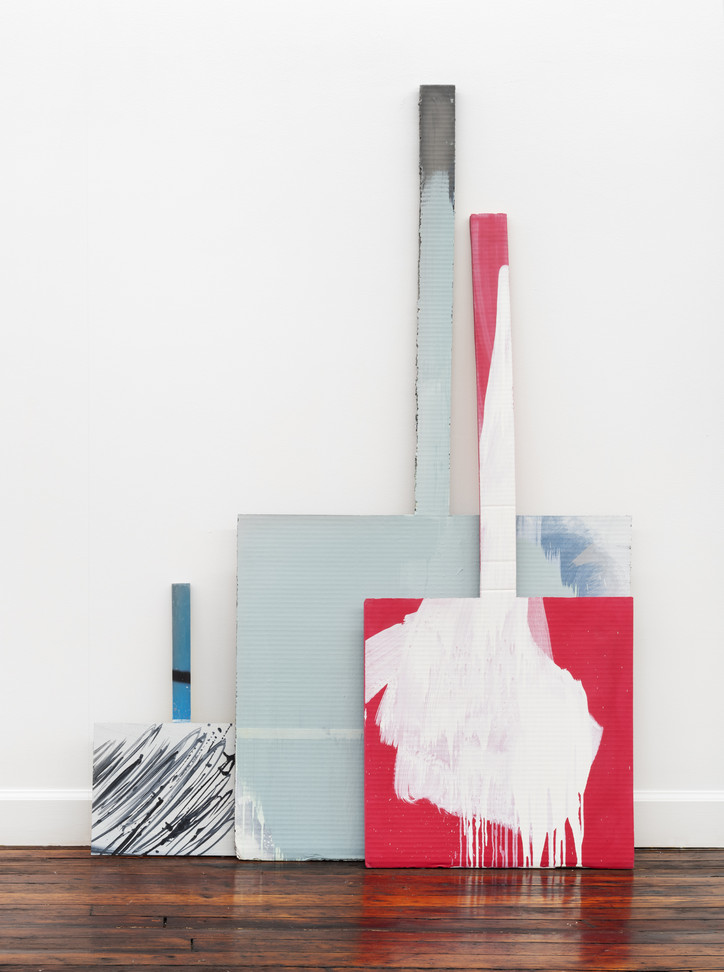
No space is neutral, an idea which is exemplified quite dramatically in Paint the Protest. And for many of the works featured in the show, the guise of agitprop — an otherwise unsubtle medium in its use of punchy, to the point language — becomes recontextualized in the gallery space, granting works the luxury of obscurity and complexity. In the world of Paint the Protest, nothing can be taken at face value — a closer look into Richard Prince’s mostly blank placard sign paintings don’t communicate an absence of meaning, but rather a vessel for projected dissent — an exercise that requires the critical participation of a viewer.
In this vein, Spector realizes how vital the relationship between viewer and art is, because without the engagement of an external participant, the art in its essence presents no steps toward change, or activism for that matter. They are merely objects. However, it is not just this relationship — between artwork and spectator — that is a necessary part of the show’s equation, but a third part is present as well: the recognition of the space, a space that implicitly causes us to treat these works differently than those on the street, for better and for worse, and in its own way, contributing its valued voice to the spectrum of activism.
This show, which speaks to the idea of space and presentation so heavily, is also Spector's very first gallery show. Considering her long and impactful career in museums and as chief curator and artistic director of the Guggenheim, it's a momentous occasion that she is entering a non-institution and a white cube. office had the chance to talk to Spector about Paint the Protest, who offered important insights into her process while constructing the show. Read the interview below.
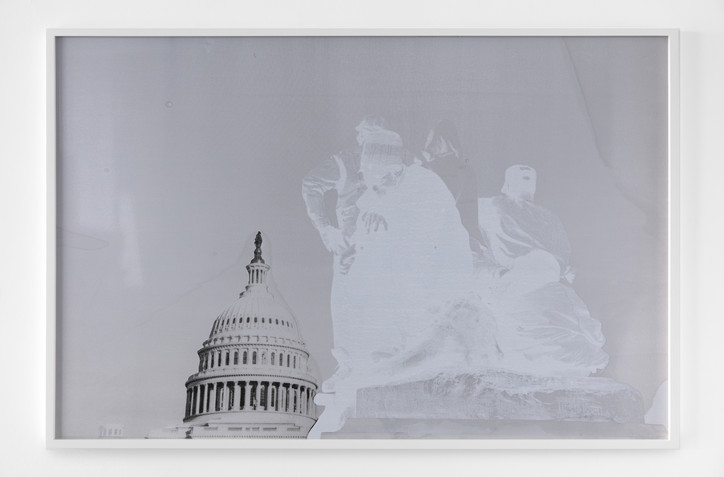
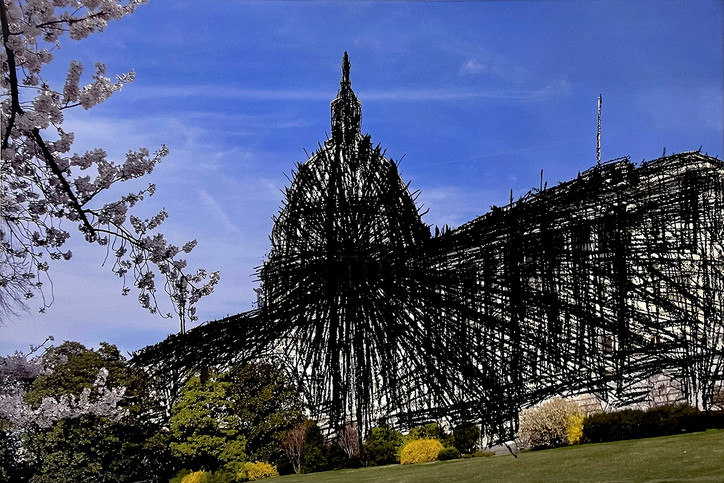
Hank Willis Thomas 'One Million Second Chances (The Invisible Men)'; Dread Scott 'Obliterated Power Capitol'
Generally speaking, there is a fairly deep pool of artists that work in the same vein as your show’s thesis. What initial steps did you take to narrow down this “pool” and which work did you choose to be in the show first?
The genesis for the exhibition was Richard Prince’s Protest Painting series from the early 1990s. He had shared with me that his studio practice was born in an ethos of protest, having been a student in the late 1960s. I particularly liked that the placard-shaped signs embedded in the canvas were largely blank (save for some stray jokes and his signature “bird talk” writings). This way the signs became ciphers for the idea of dissent rather than being about any specific grievance. That sentiment became the guiding force for the subsequent selections of work for the show.
How has your experience in curating past shows specifically helped the curatorial process for Paint the Protest?
It was really important to me that all of the artists included agreed to their participation and, in some cases, made new work for the presentation. Their insights into the topic informed my thinking.
Was the decision to put the Trump piece in the gallery’s bathroom an ode to your gold toilet altercation with him a couple of years ago?
I wish I could claim that I made that installation decision, but Marilyn Minter was emphatic that she wanted her plaque to be installed over the toilet.
How has your experience in curating past shows specifically helped the curatorial process for Paint the Protest?
It was really important to me that all of the artists included agreed to their participation and, in some cases, made new work for the presentation. Their insights into the topic informed my thinking.
Was the decision to put the Trump piece in the gallery’s bathroom an ode to your gold toilet altercation with him a couple of years ago?
I wish I could claim that I made that installation decision, but Marilyn Minter was emphatic that she wanted her plaque to be installed over the toilet.
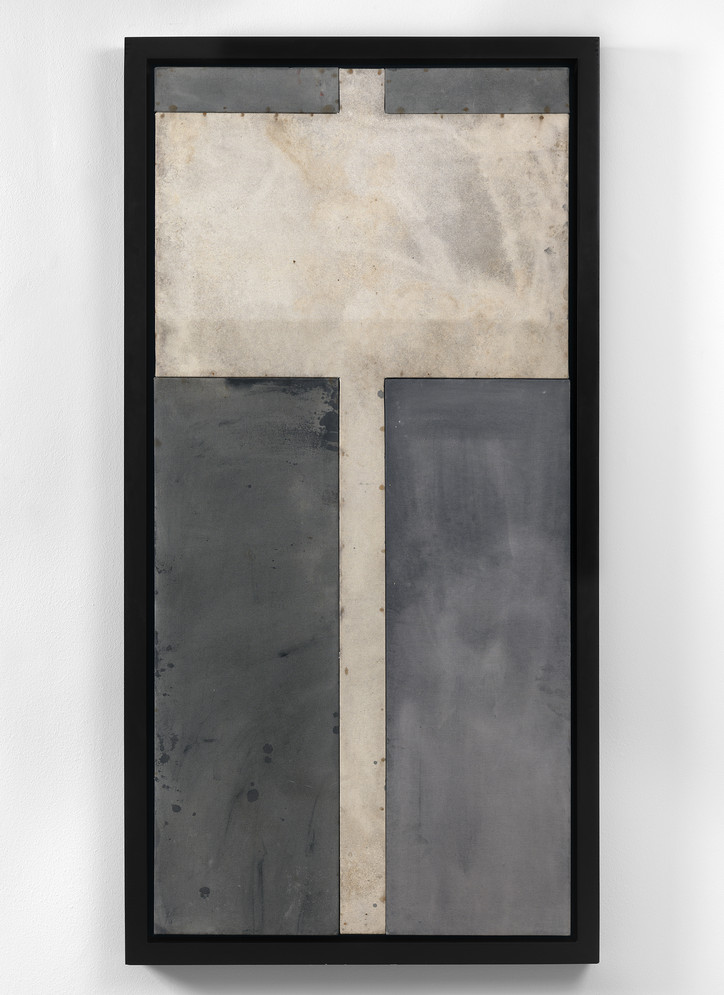
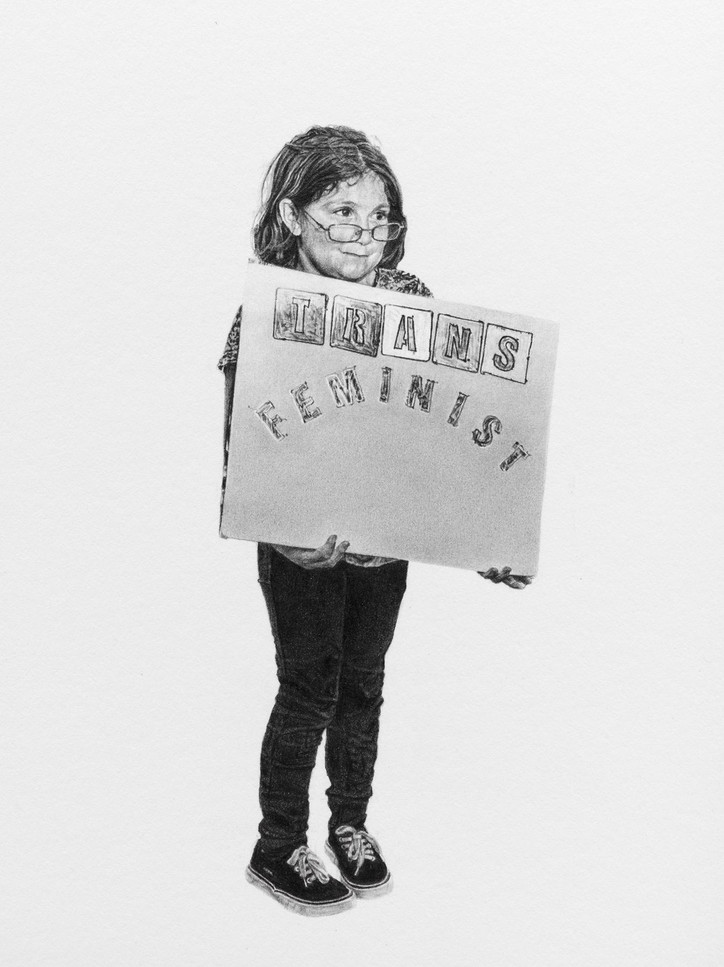
Richard Prince 'Untitled Protest Painting'; Andrea Bowers 'Transfeminist (TransLatin@ Coalition, Blockade at the Beverly Center, L.A., CA, March 20th, 2015)'
Could you elaborate a bit more on the relationship between enacting dissent and describing it? How does the exhibition work to investigate that relationship?
The exhibition asks what art can do, if anything, to affect change. Art can ask questions; art can change minds. But it can’t independently do things. That takes viewers, practitioners, and participants, who might be moved by what they experience in an art context to contribute to the civic discourse.
What was it about Off Paradise’s space that you felt helped contribute to the show’s dialogue?
I love the intimacy of the gallery space, which allowed for the art works to communicate with one another in a very coherent way.
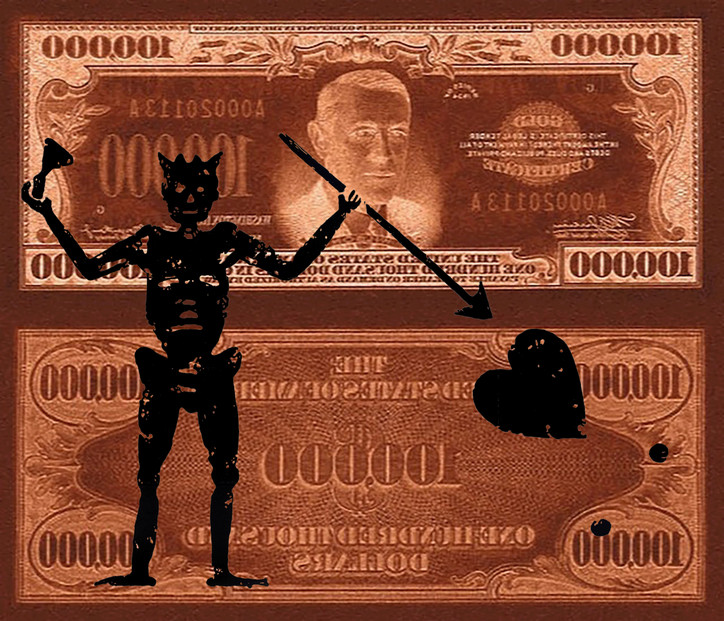
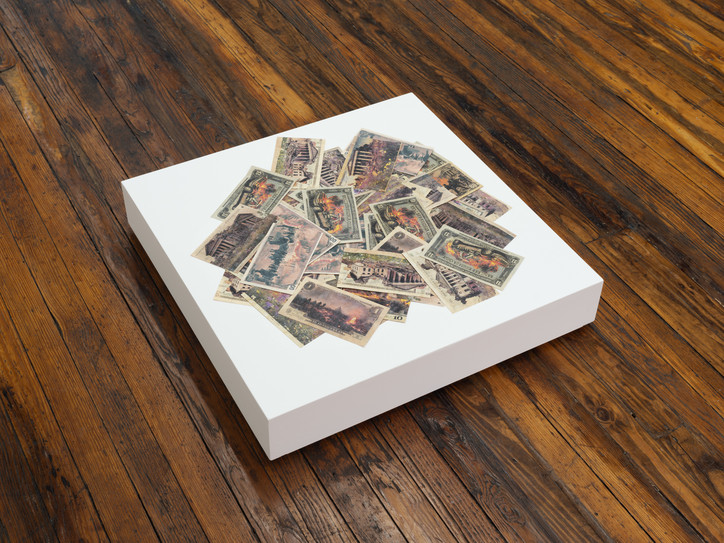
Rirkrit Tiravanija 'untitled 2021 (rich bastards beware)'; Aaron Huey 'Currency of Protest'
What do you hope the viewer takes away from Paint the Protest after seeing it?
I see this as an optimistic project and hope that those who spent time with the exhibition come away with a feeling of renewal and a sense of engagement with the issues of our day.
Did the partnership with Downtown for Democracy come before the idea for the exhibition, or did it come after you had already started brainstorming?
This idea developed in tandem with the conceptual development of the project. I wanted an exhibition that would actually do something, with a tangible contribution to supporting democracy.
